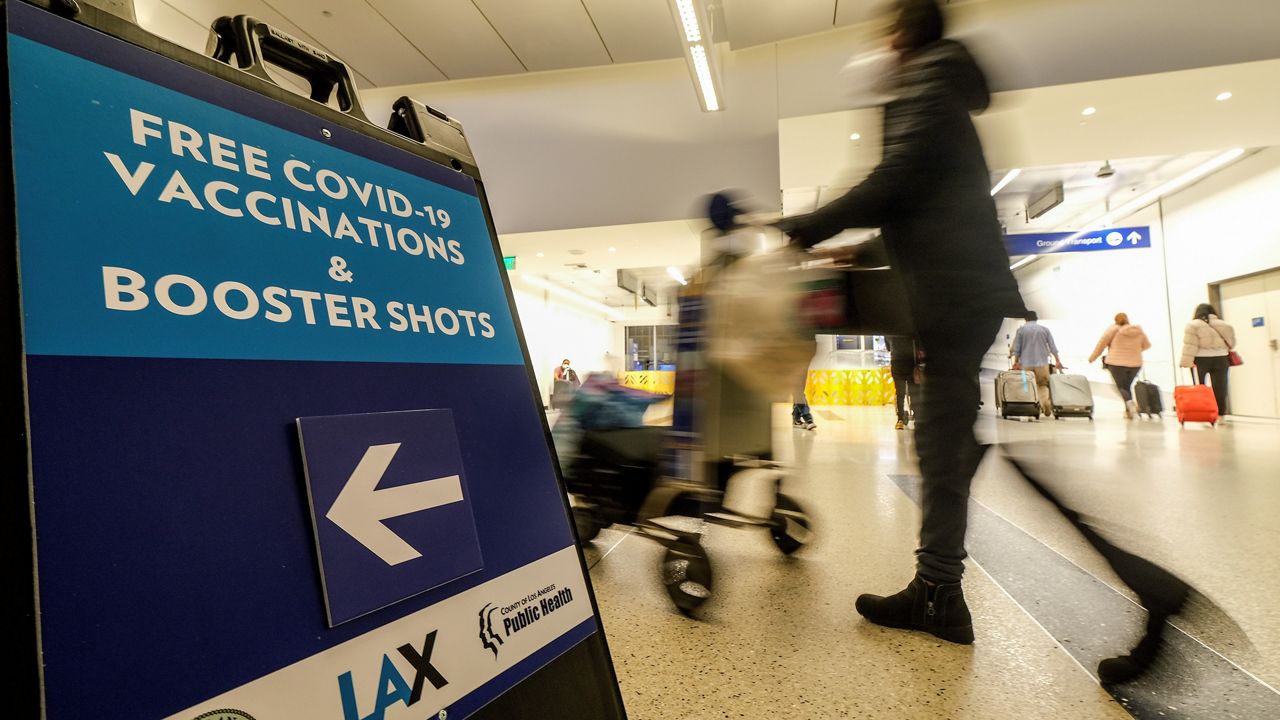Many Americans — but in particular the uninsured — would be impacted if Congress does not approve another round of COVID-19 emergency funding, according to a report released Monday by the Kaiser Family Foundation, a health policy think tank.
What You Need To Know
- Many Americans — but in particular the uninsured — would be impacted if Congress does not approve another round of COVID-19 emergency funding, according to a report released Monday by the Kaiser Family Foundation
- The White House has warned that, unless lawmakers act, the federal government will run out of money to purchase additional tests, treatments and vaccines
- The Kaiser Family Foundation says the lack of funding would lead to more Americans needing to pay out of pocket for COVID-19 treatments and services, which would exacerbate existing disparities in health and financial security
- The dried-up COVID-response funds would also impact insured Americans, the report says
The White House has warned that, unless lawmakers act, the federal government will run out of money to purchase additional tests, treatments and vaccines.
“Congress must promptly provide the administration with the urgent funding we need to continue the work of both vaccinating the world and protecting Americans at home,” White House press secretary Jen Psaki said earlier this month.
The Biden administration wants a $22.5 billion package. In negotiations over the $1.5 trillion federal spending bill passed earlier this month, Democrats and Republicans initially compromised on $15 billion in pandemic aid, but Democrats were forced to strip that funding from the package after dozens of its members balked at a GOP-driven plan to use American Rescue Plan money earmarked for states to help pay for it.
Some are already feeling the effects. The Health Resources and Services Administration stopped accepting claims last week to reimburse health care providers for testing and treating uninsured people for COVID-19, and it will stop accepting claims for vaccination reimbursements April 5.
The program has provided about $19 billion in reimbursements, with 60% going toward testing, 31% to treatment and 9% to vaccinations.
The Kaiser Family Foundation says the lack of funding would lead to more Americans needing to pay out of pocket for COVID-19 treatments and services, which would exacerbate existing disparities in health and financial security.
Uninsured people — who are more likely to be people of color than white — would be hit hardest, according to the analysis.
In addition to the COVID-19 Uninsured Program, 15 states have opted to provide Medicaid coverage to insured people for COVID-19 testing, treatment services and vaccines — coverage that is set to expire at the end of March.
There are some federal programs that may help cover the costs of providing vaccines to uninsured children and adults, but some parents may still end up paying an administration fee and the adult program is dependent on available funding.
But the dried-up COVID-response funds would also impact insured Americans, the report says.
People with Medicaid and Medicare will continue to have access to clinical COVID-19 testing and vaccines at no additional costs, and COVID-19 treatment medications will be fully covered for those on Medicaid, according to the foundation. Medicare beneficiaries, however, may have to pay out of pocket for medications when the public health emergency expires April 16, although it previously has been extended a number of times.
Americans with private insurance, meanwhile, could be required to share the costs — such as copayments, coinsurance, deductibles — with insurance companies for monoclonal antibodies, antiviral pills. And insured customers who receive vaccines from out-of-network providers could face higher costs, the report says.
The Kaiser Family Foundation’s report also notes that the lack of federal funding would mean that the government may no longer be able to commit in advance to purchasing large orders of tests, treatments and vaccines. Without that guarantee, manufacturers could scale back production when demand declines, potentially creating supply shortages during future COVID-19 surges.



